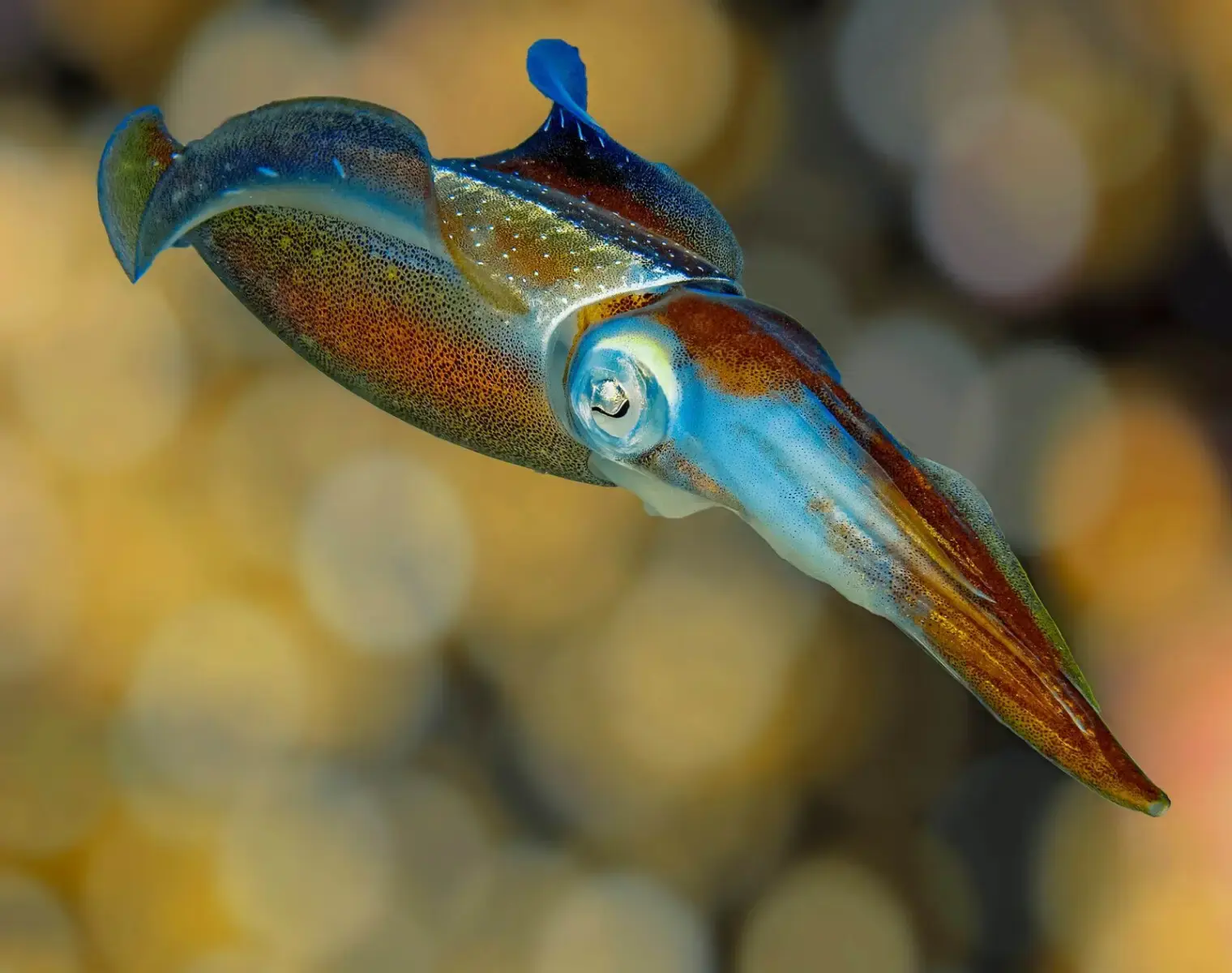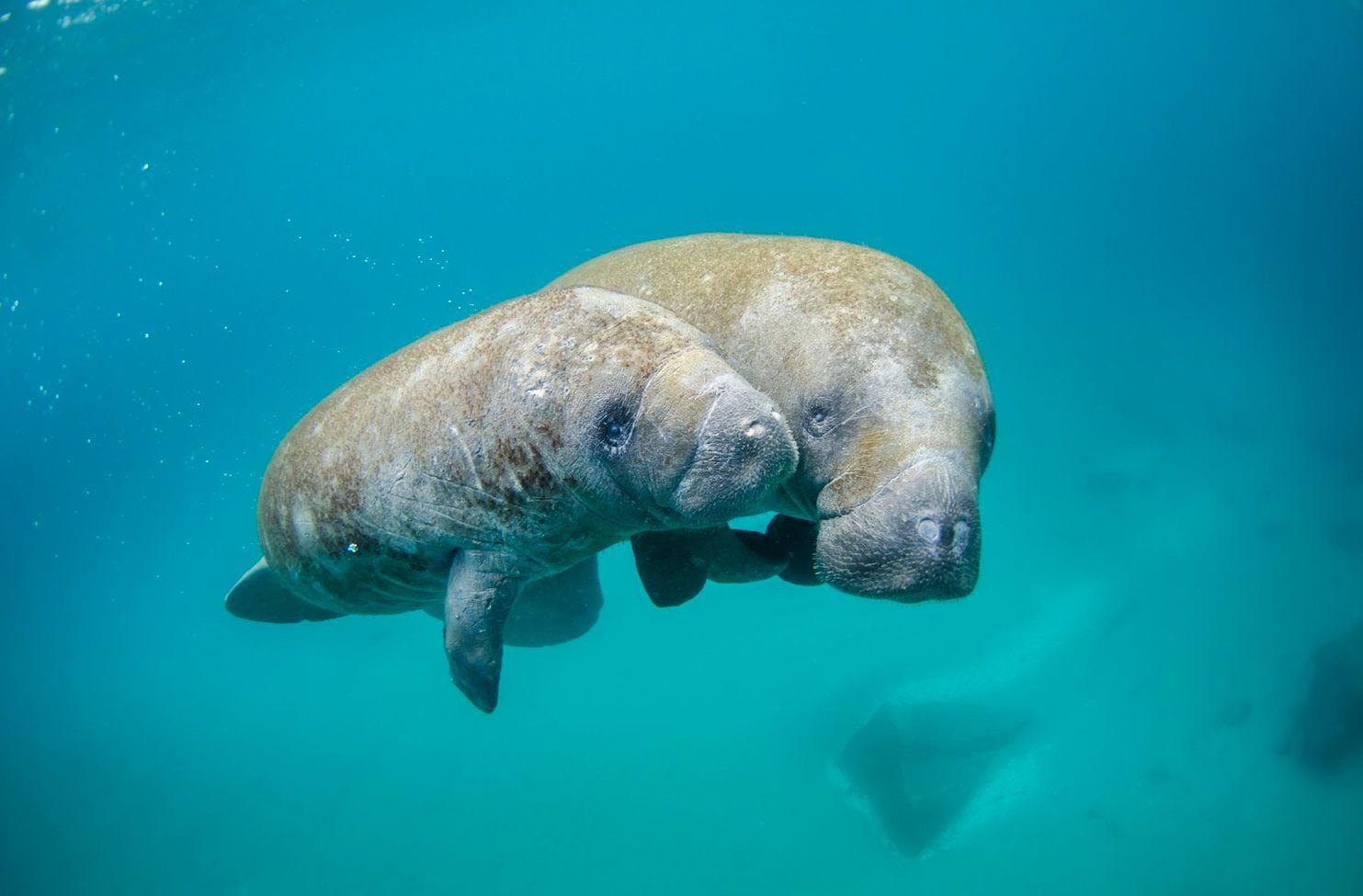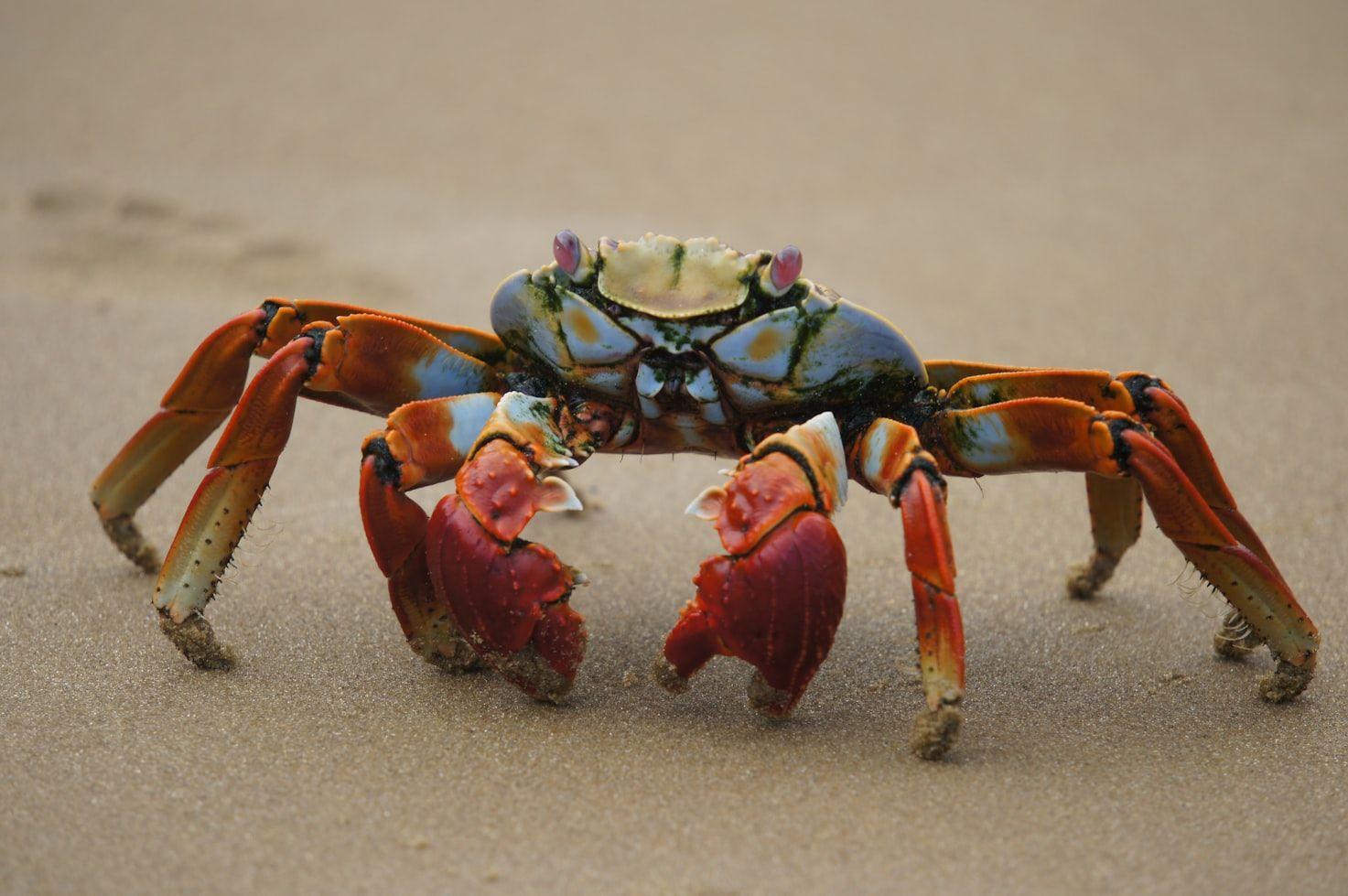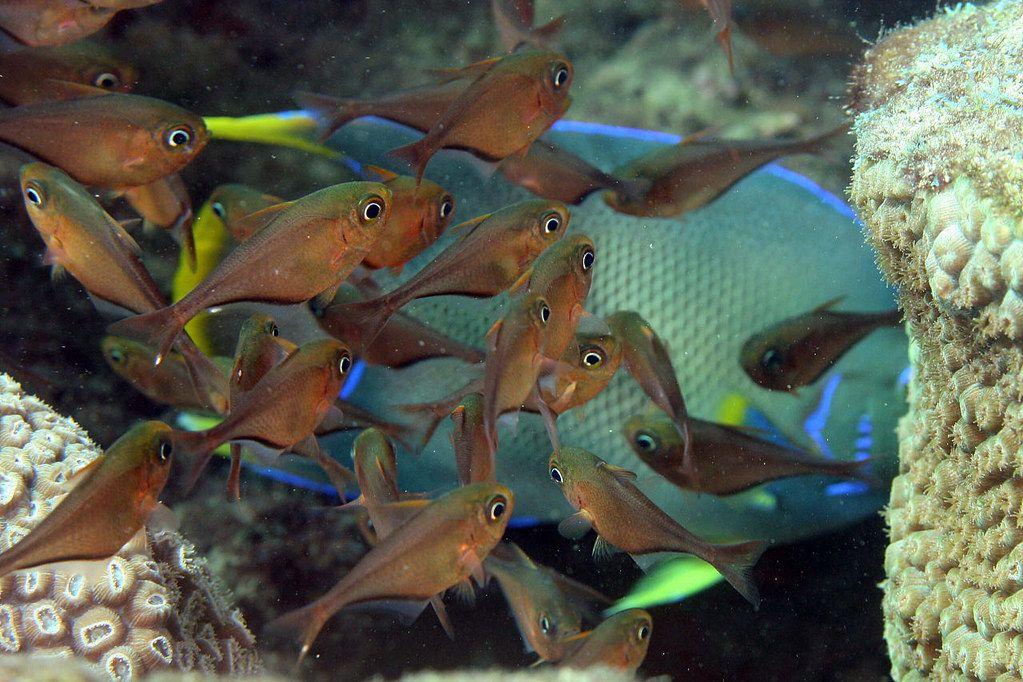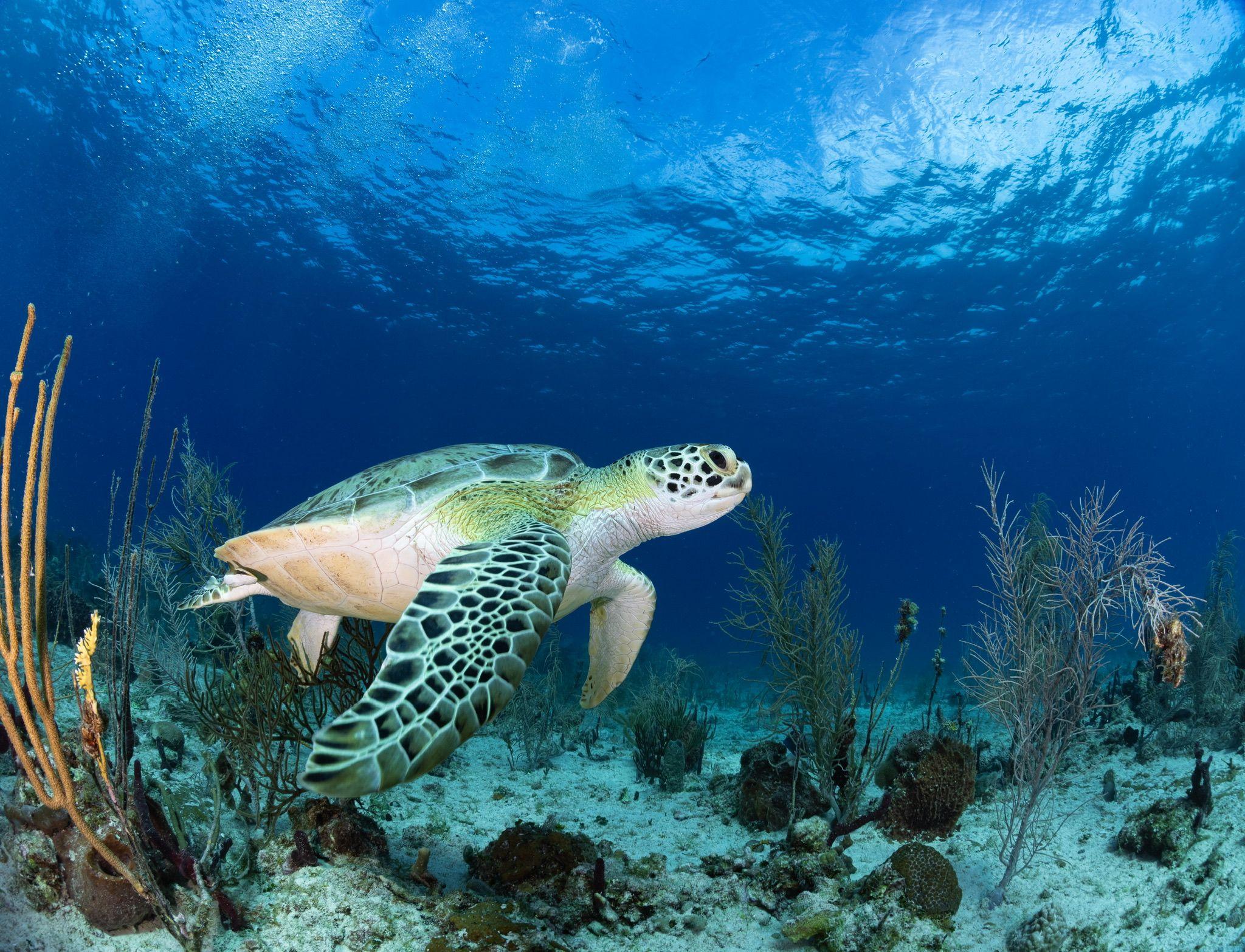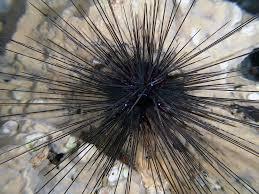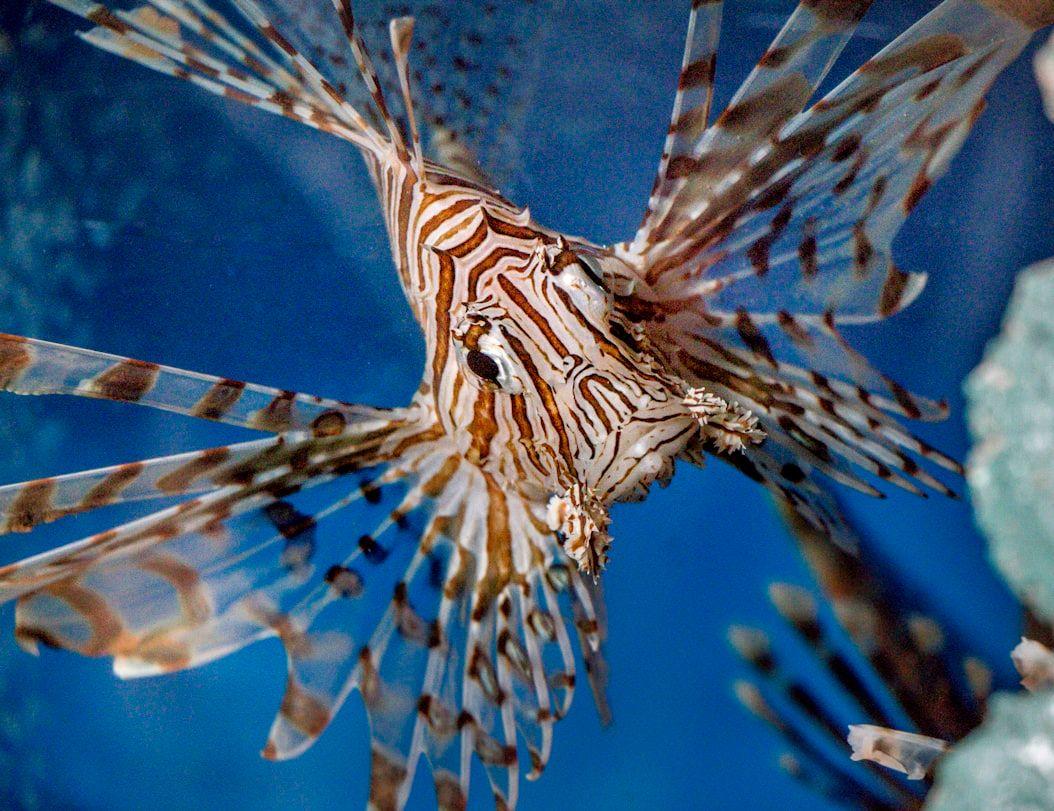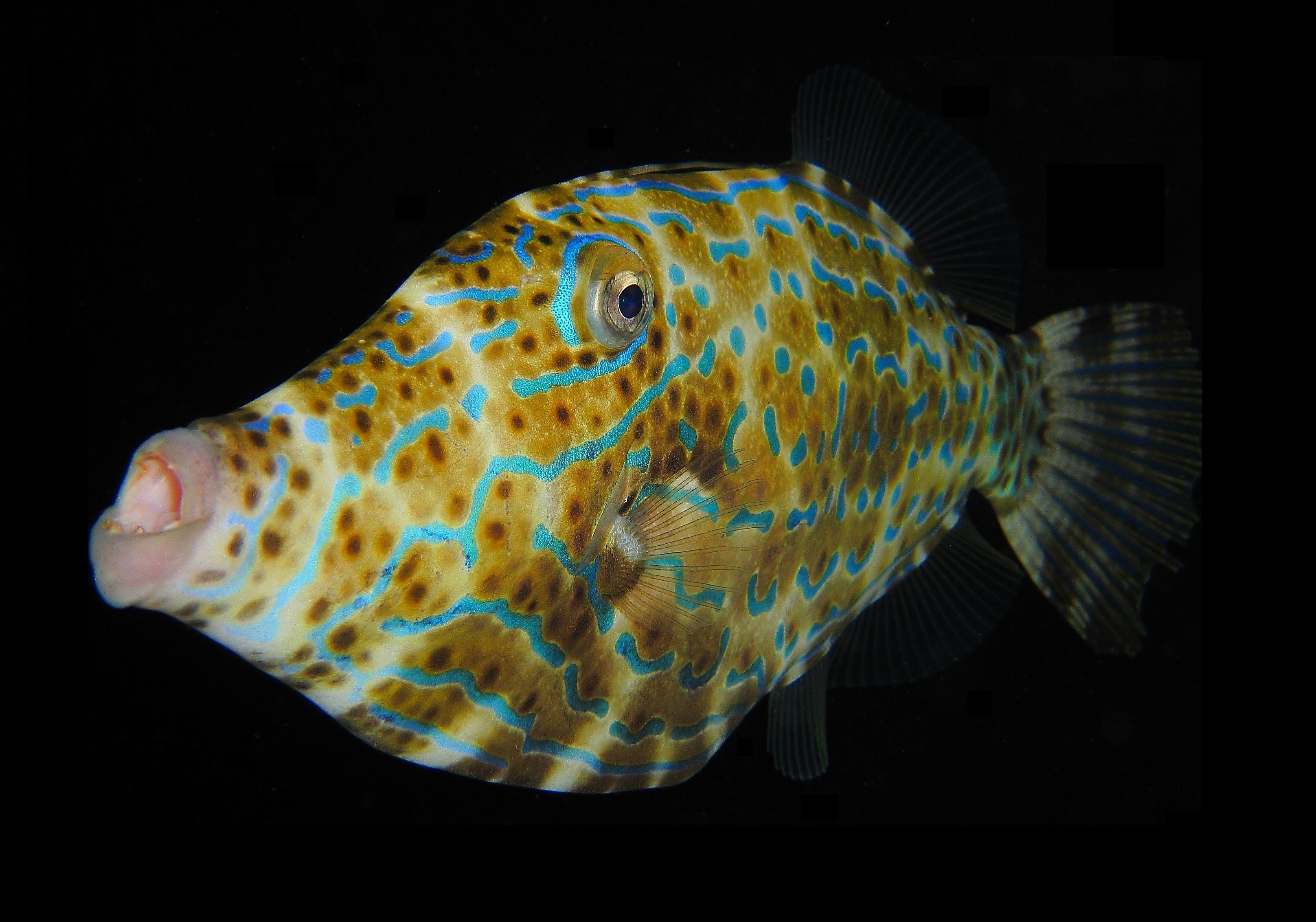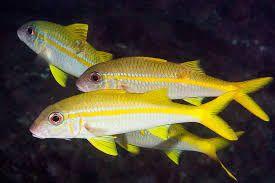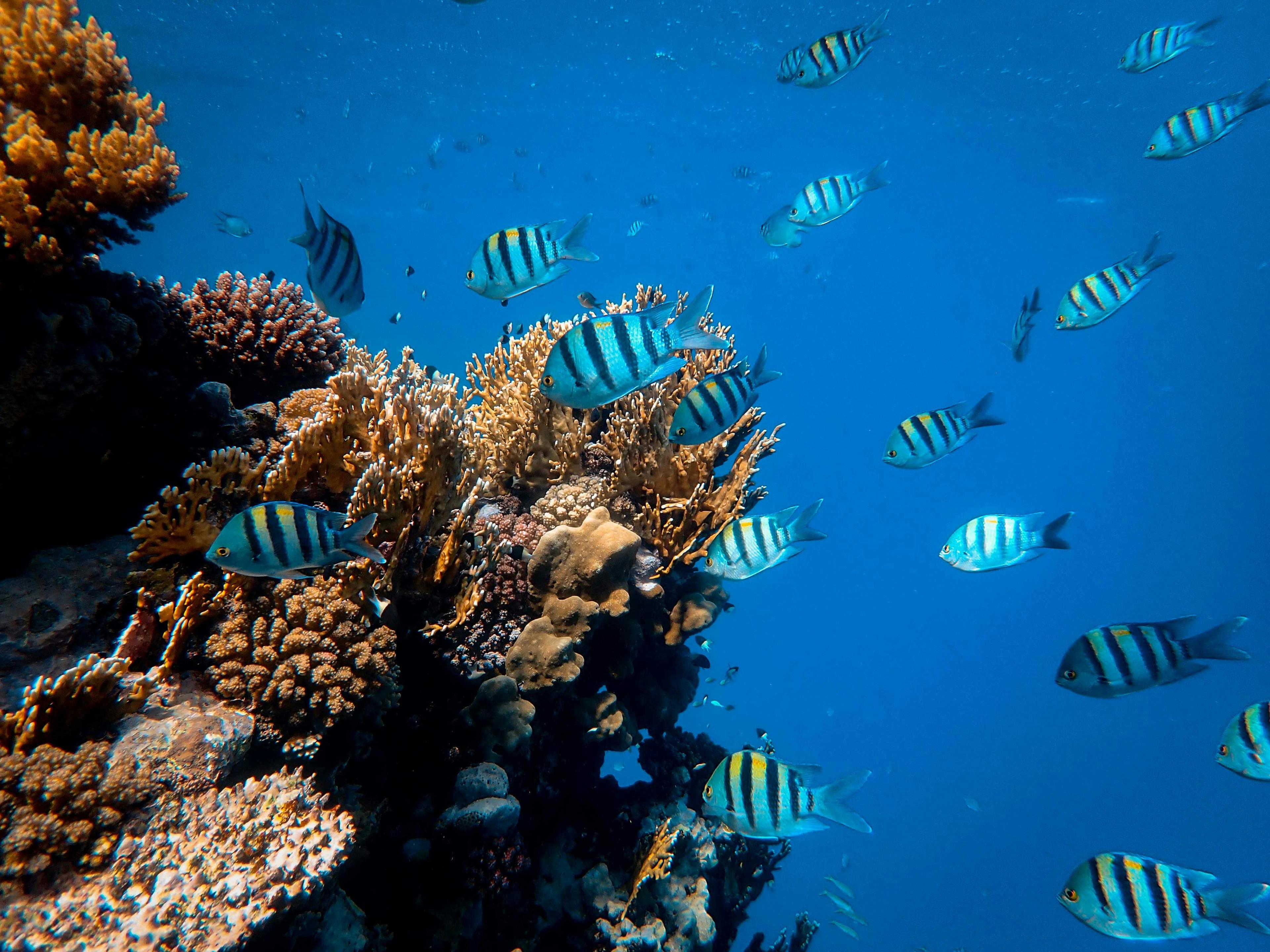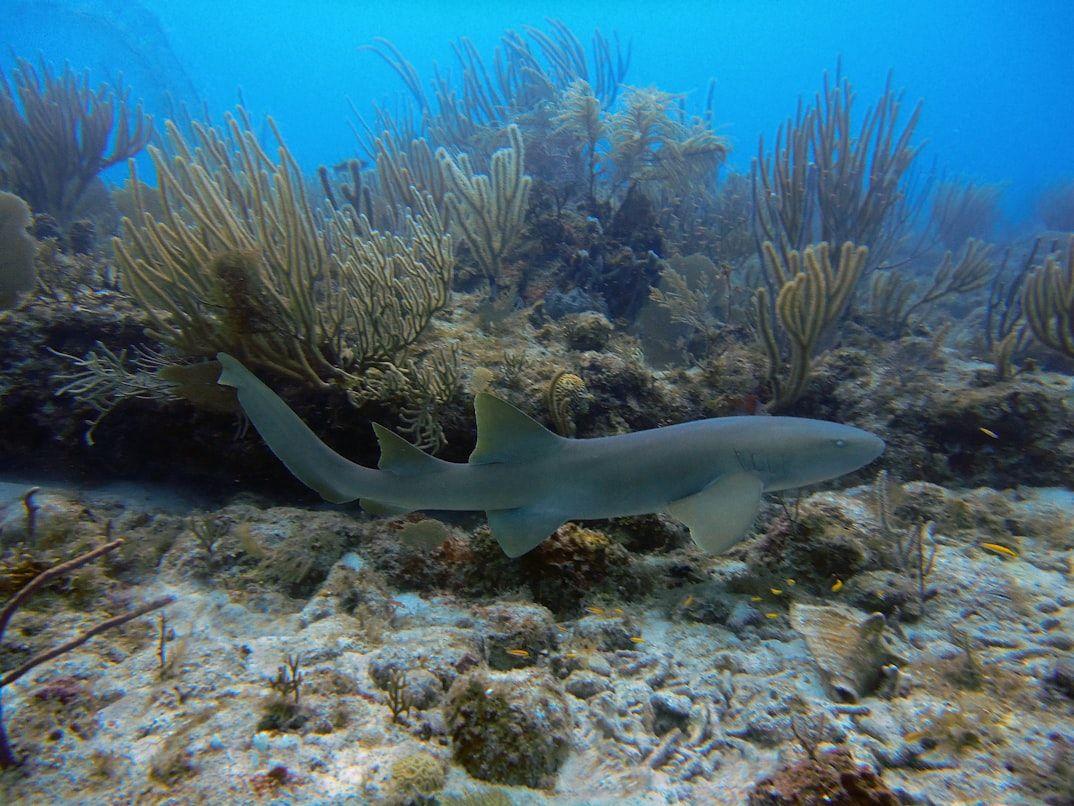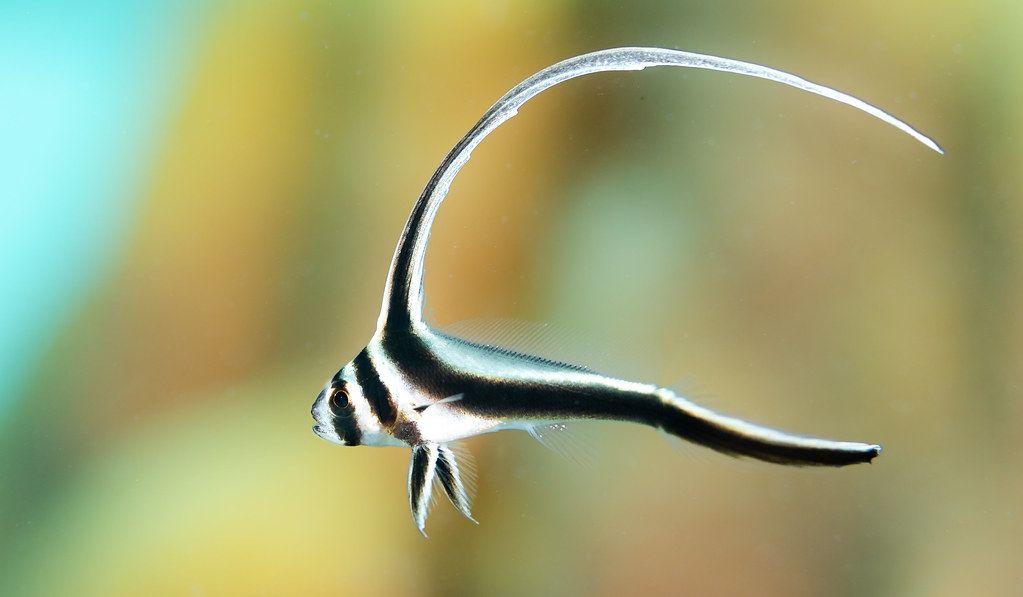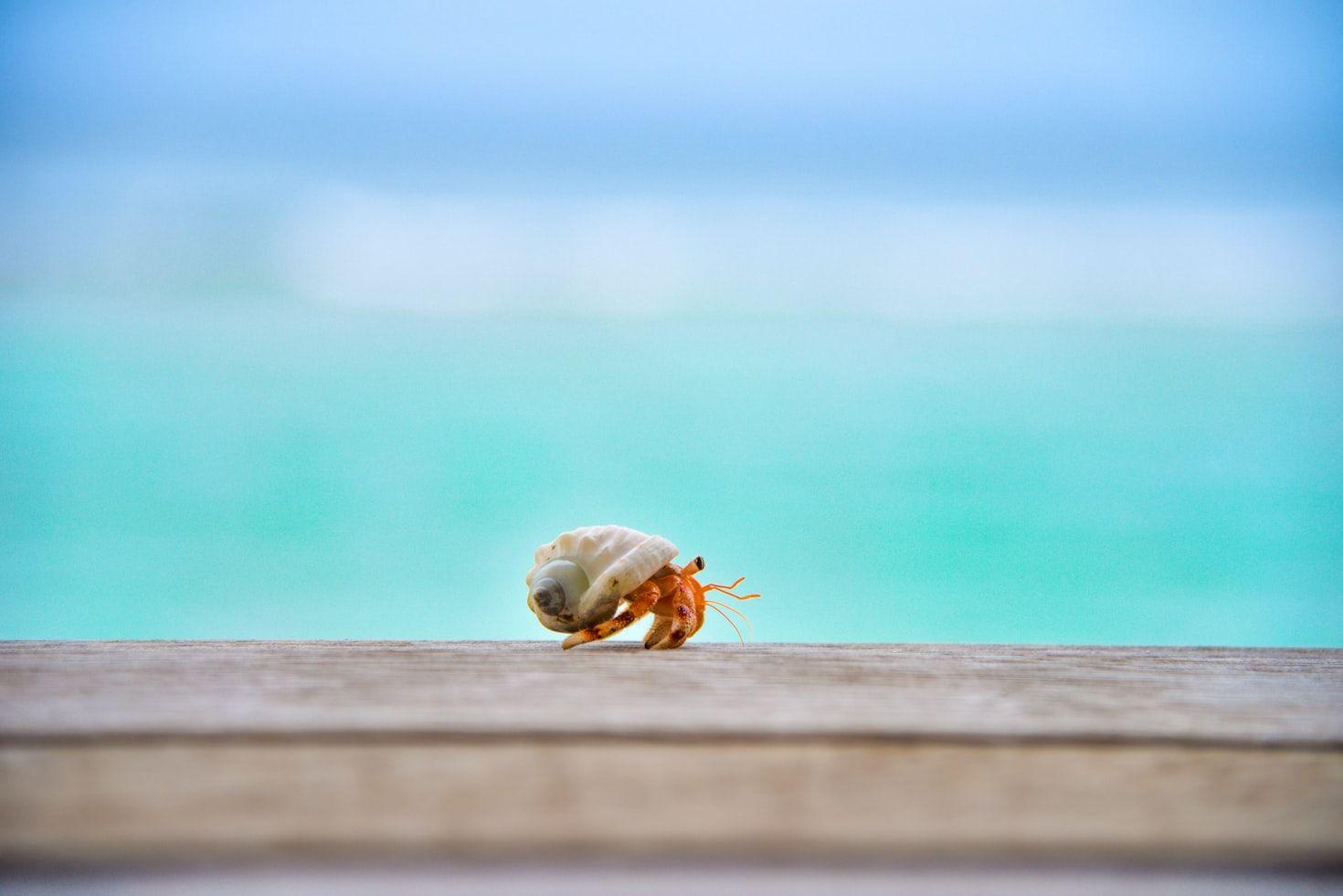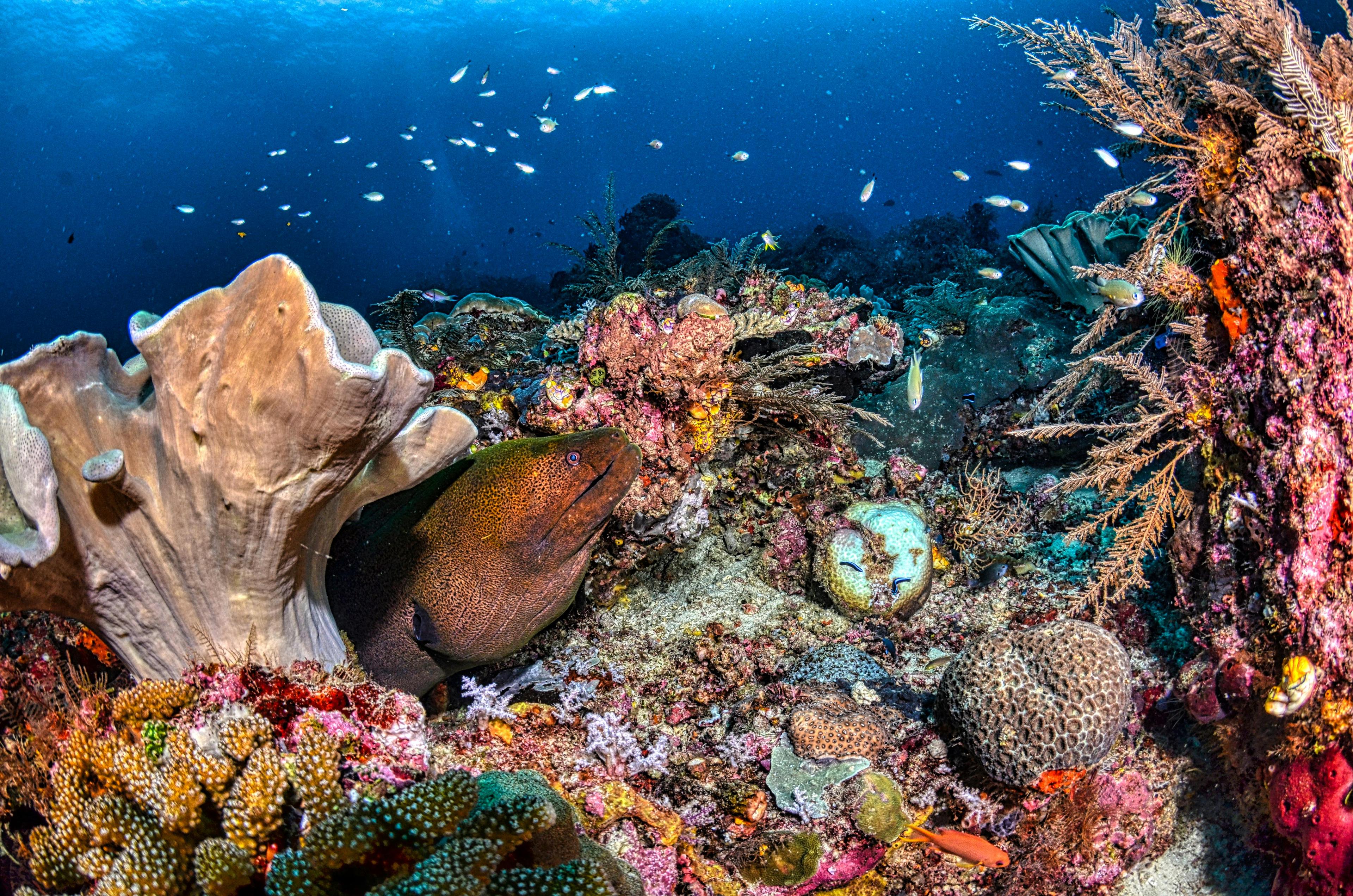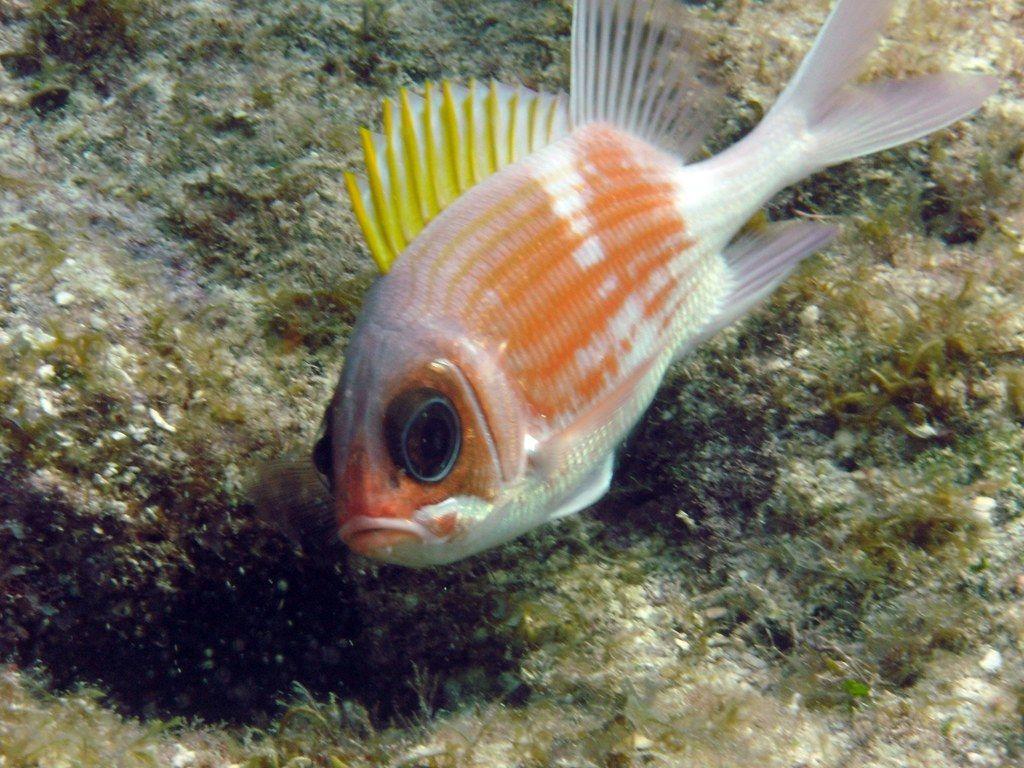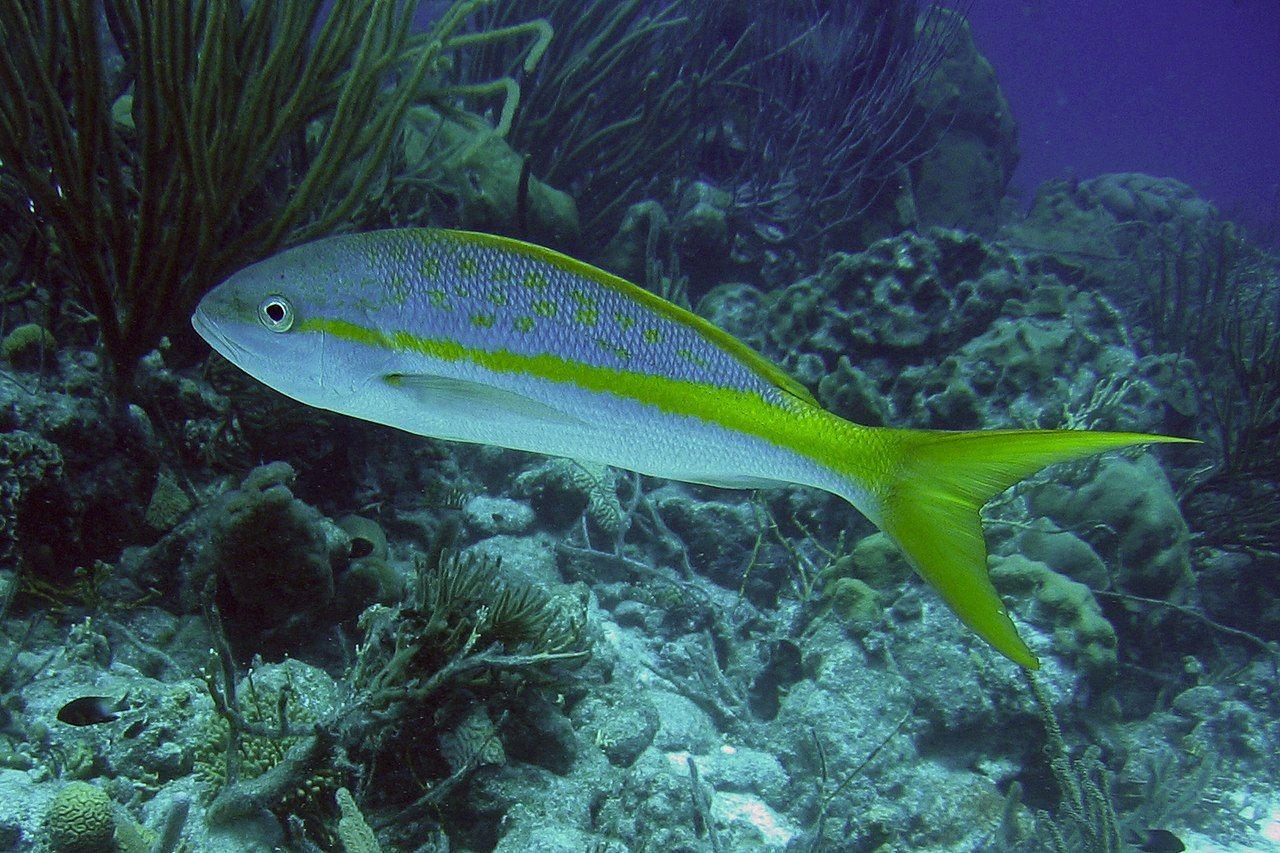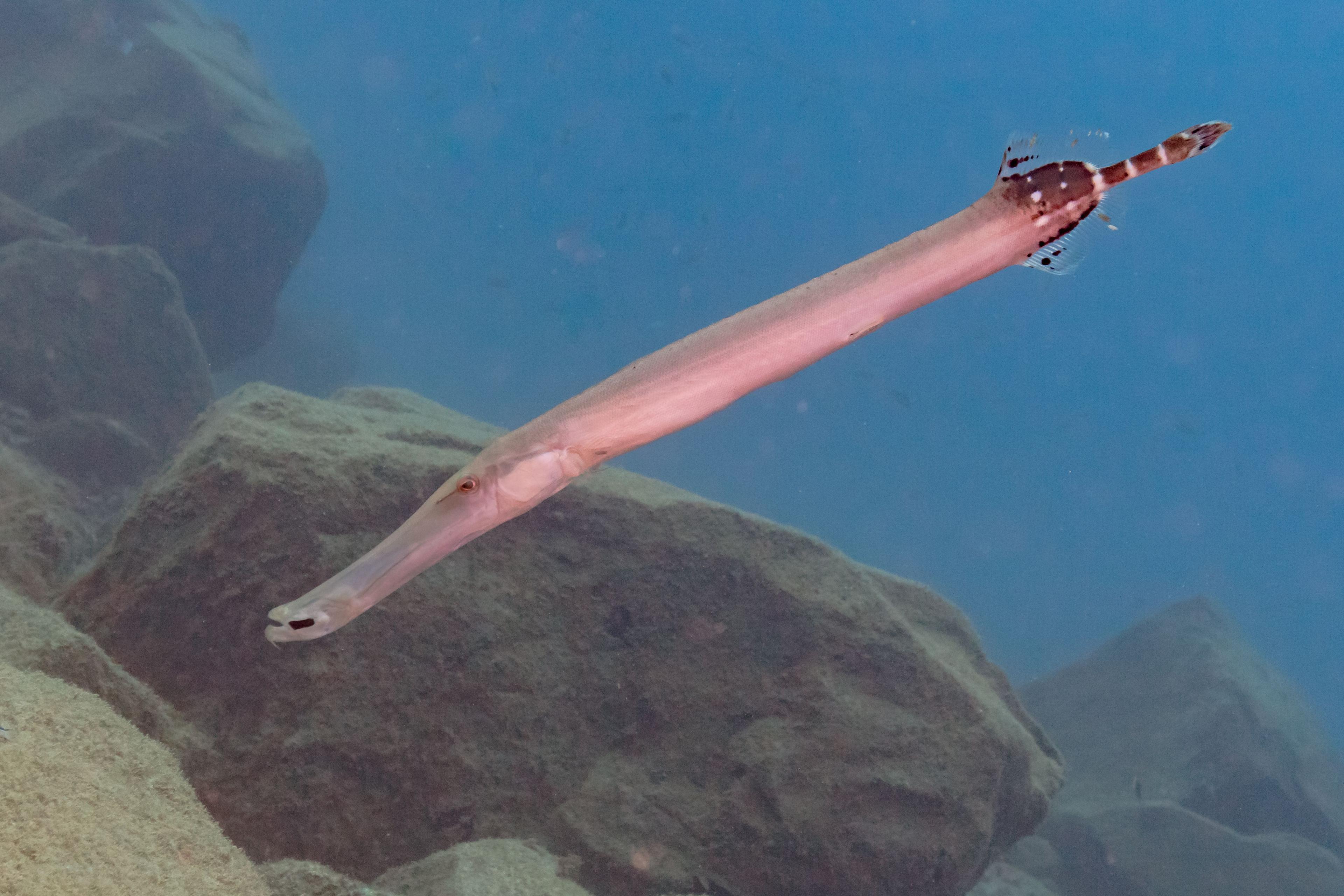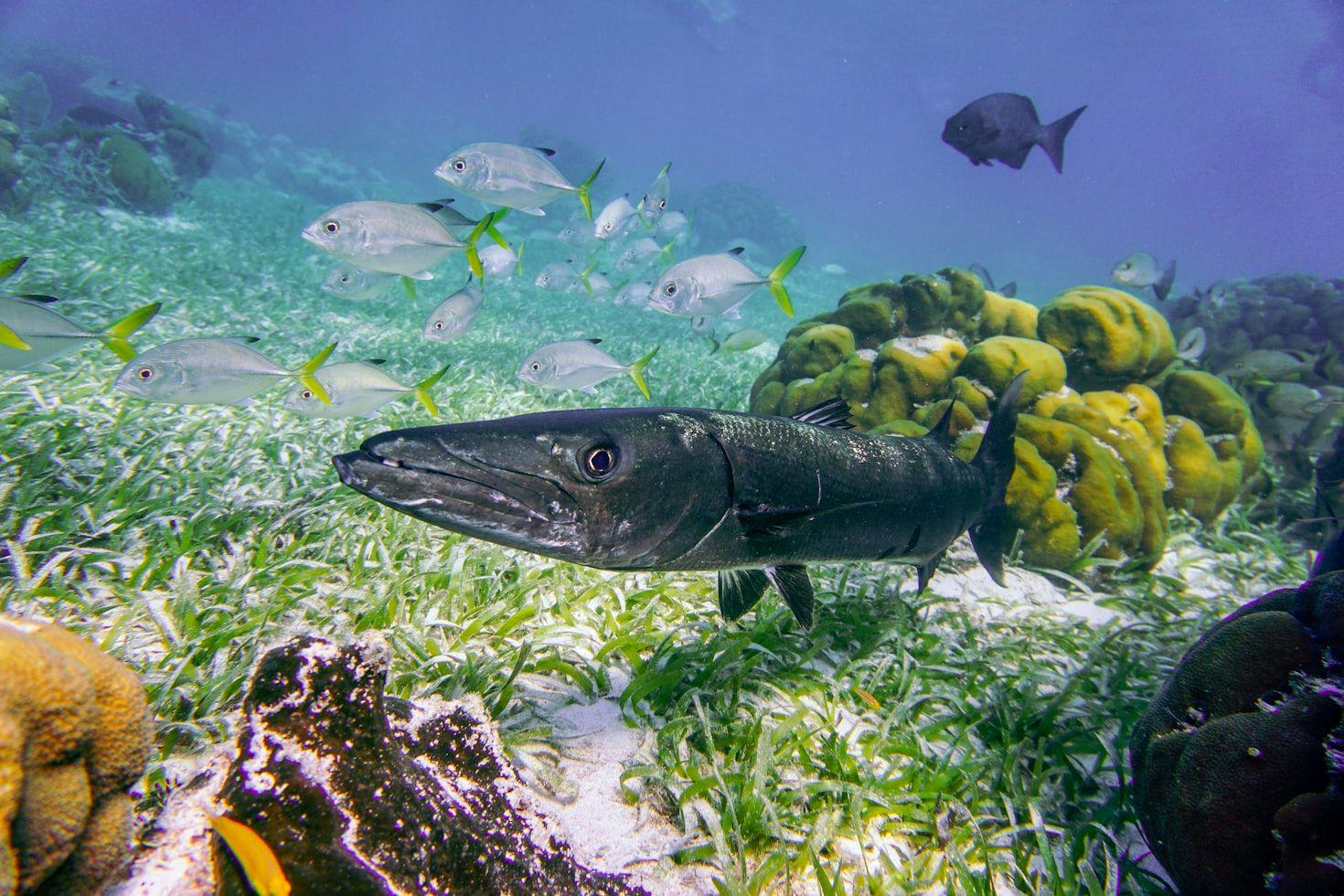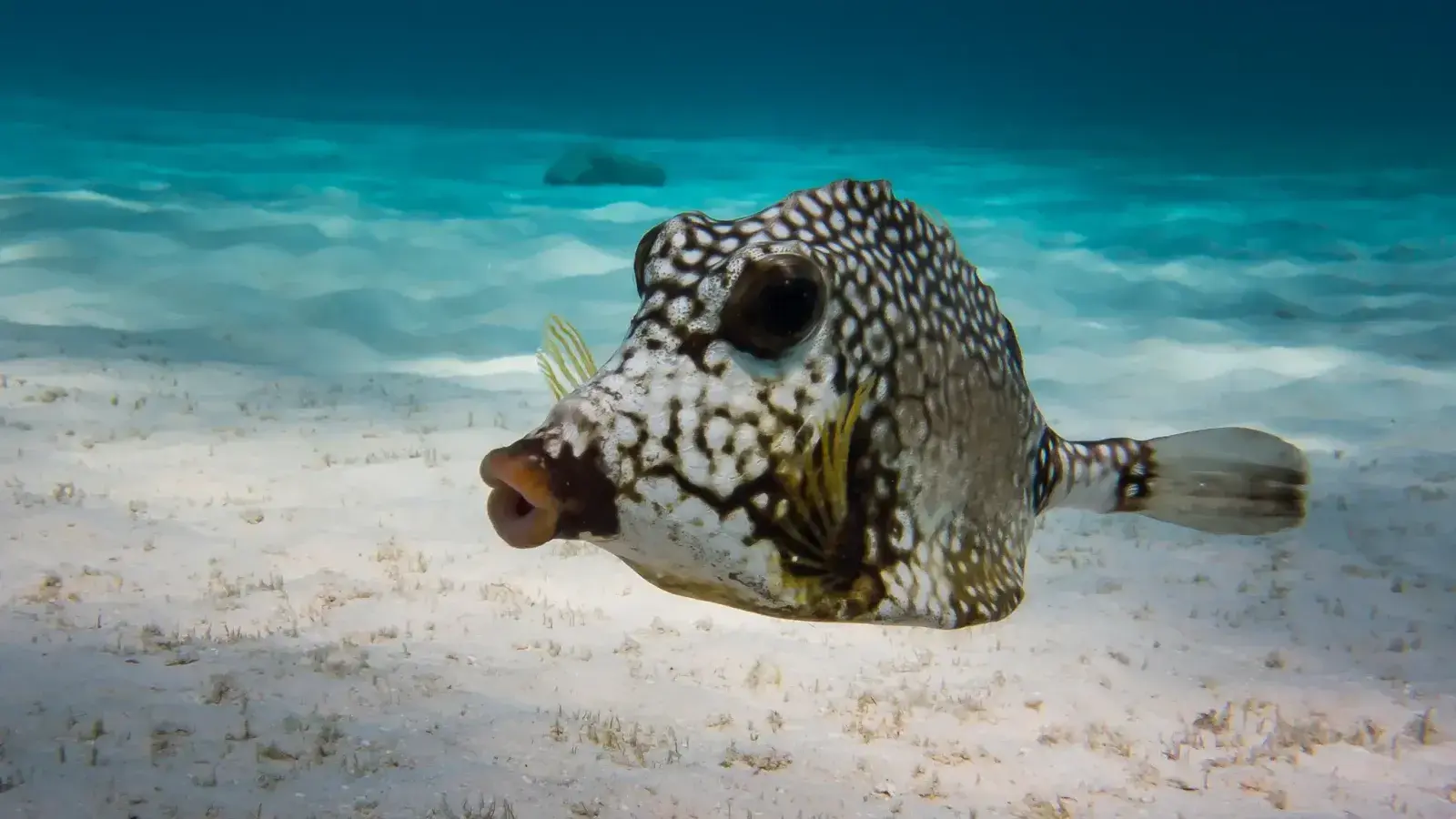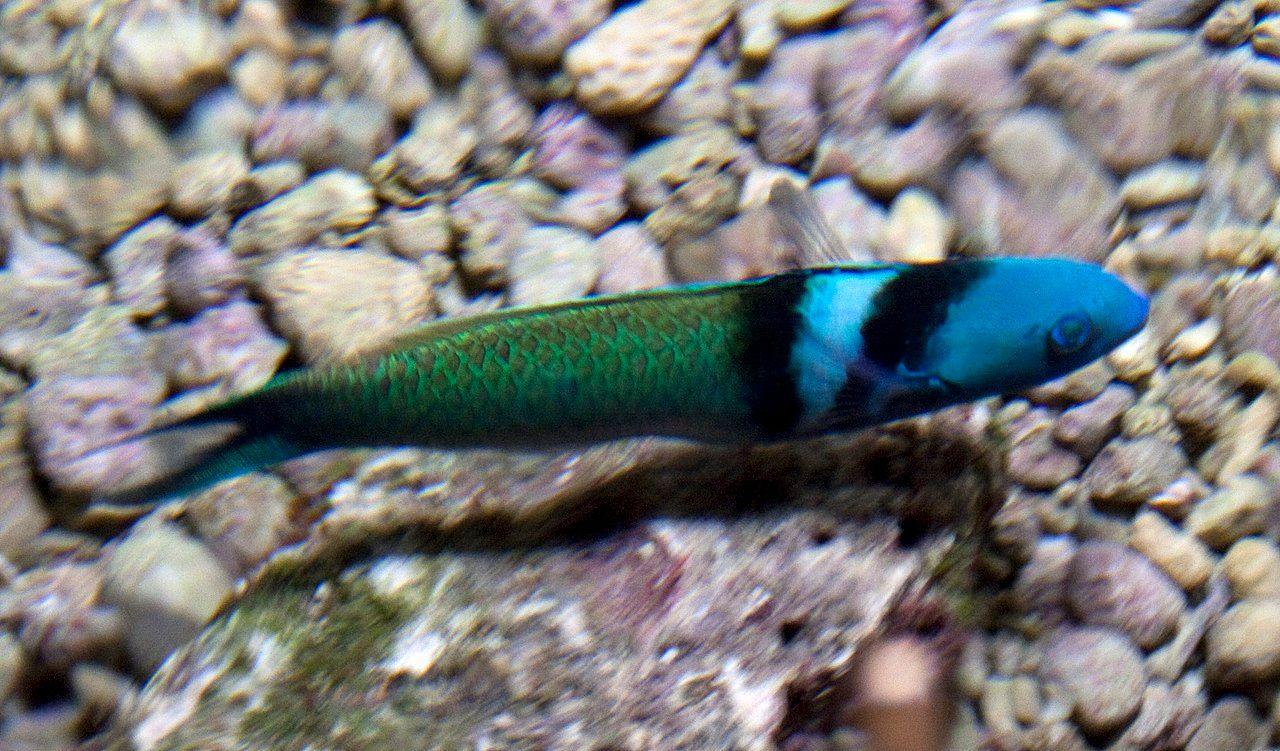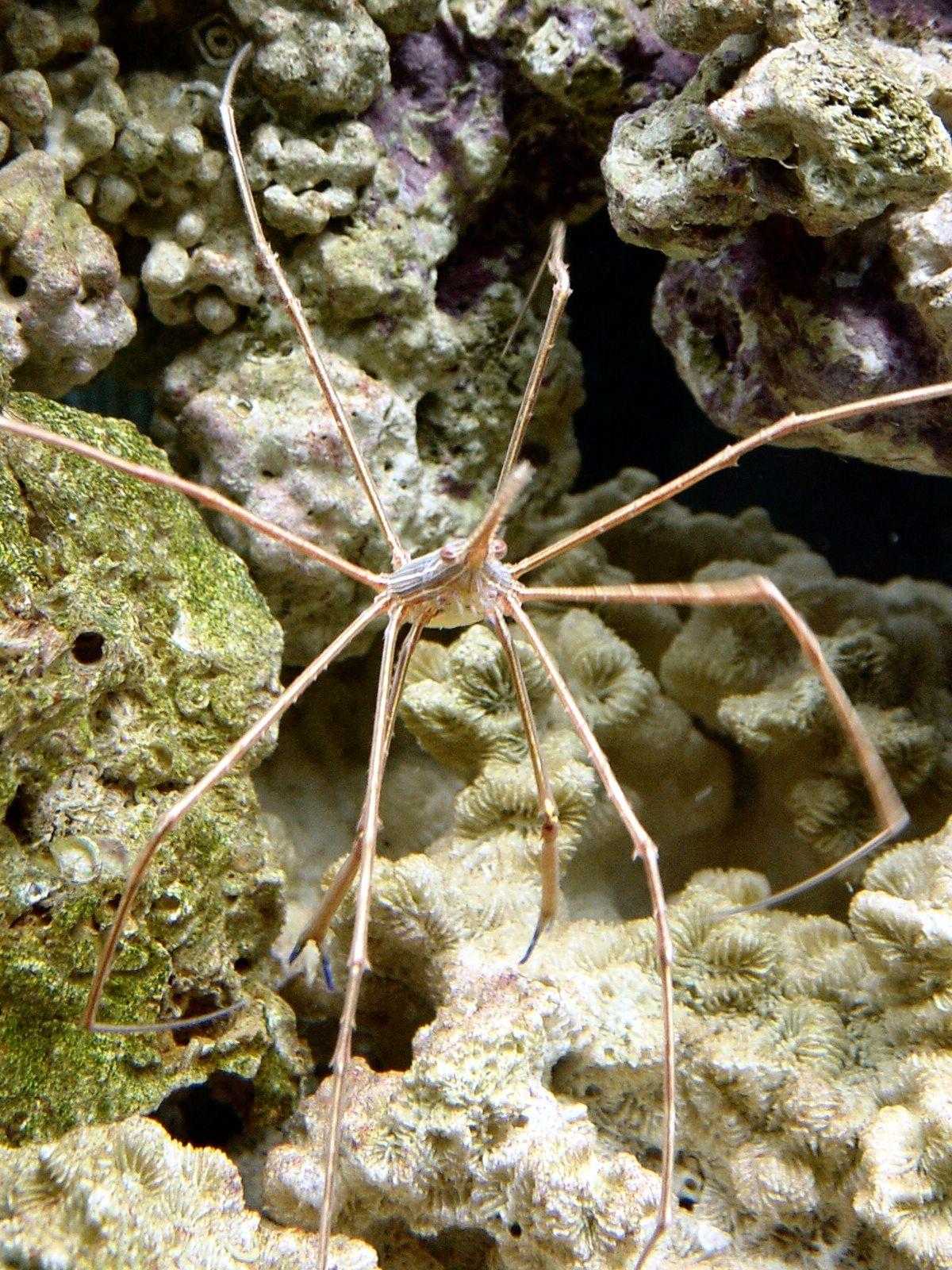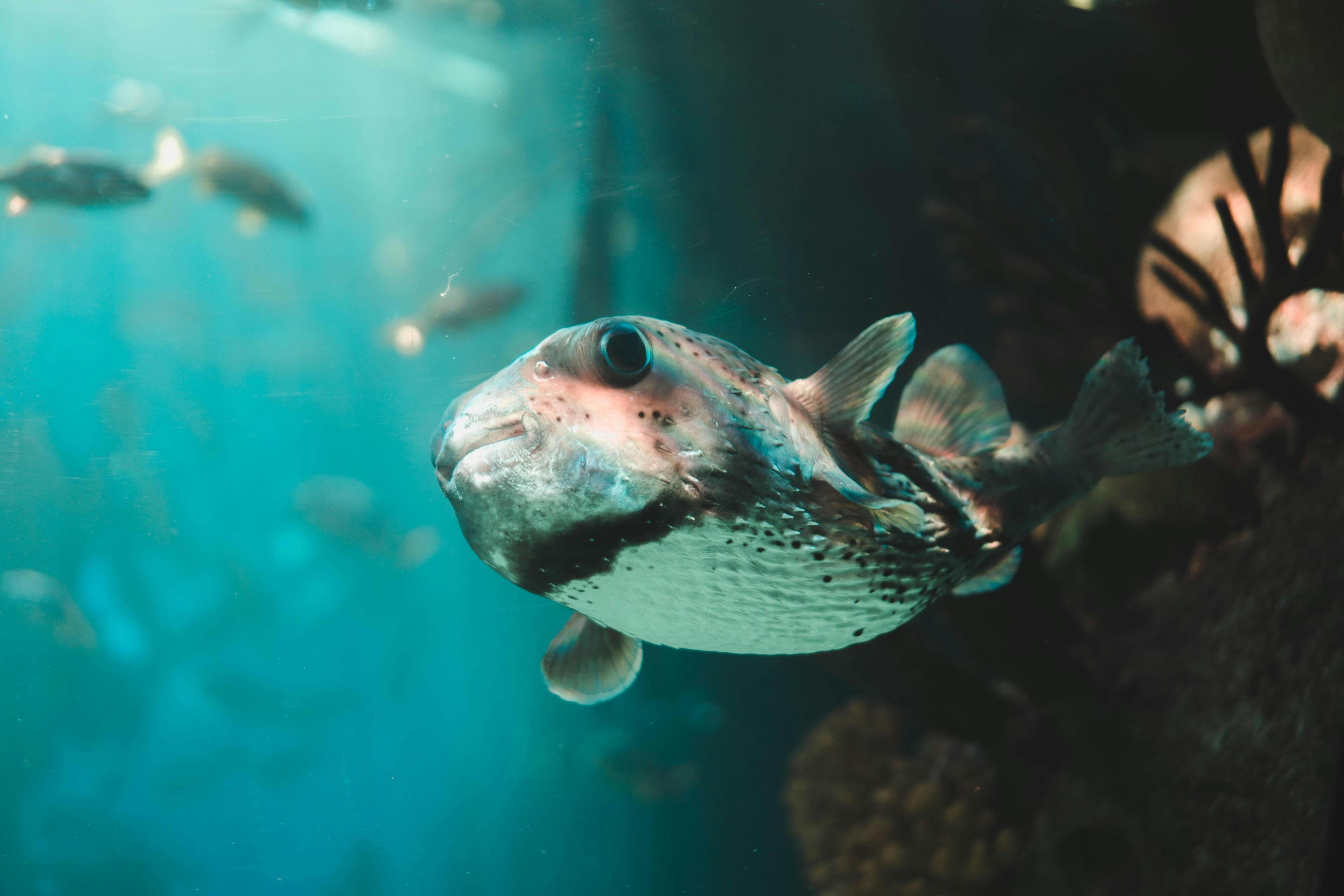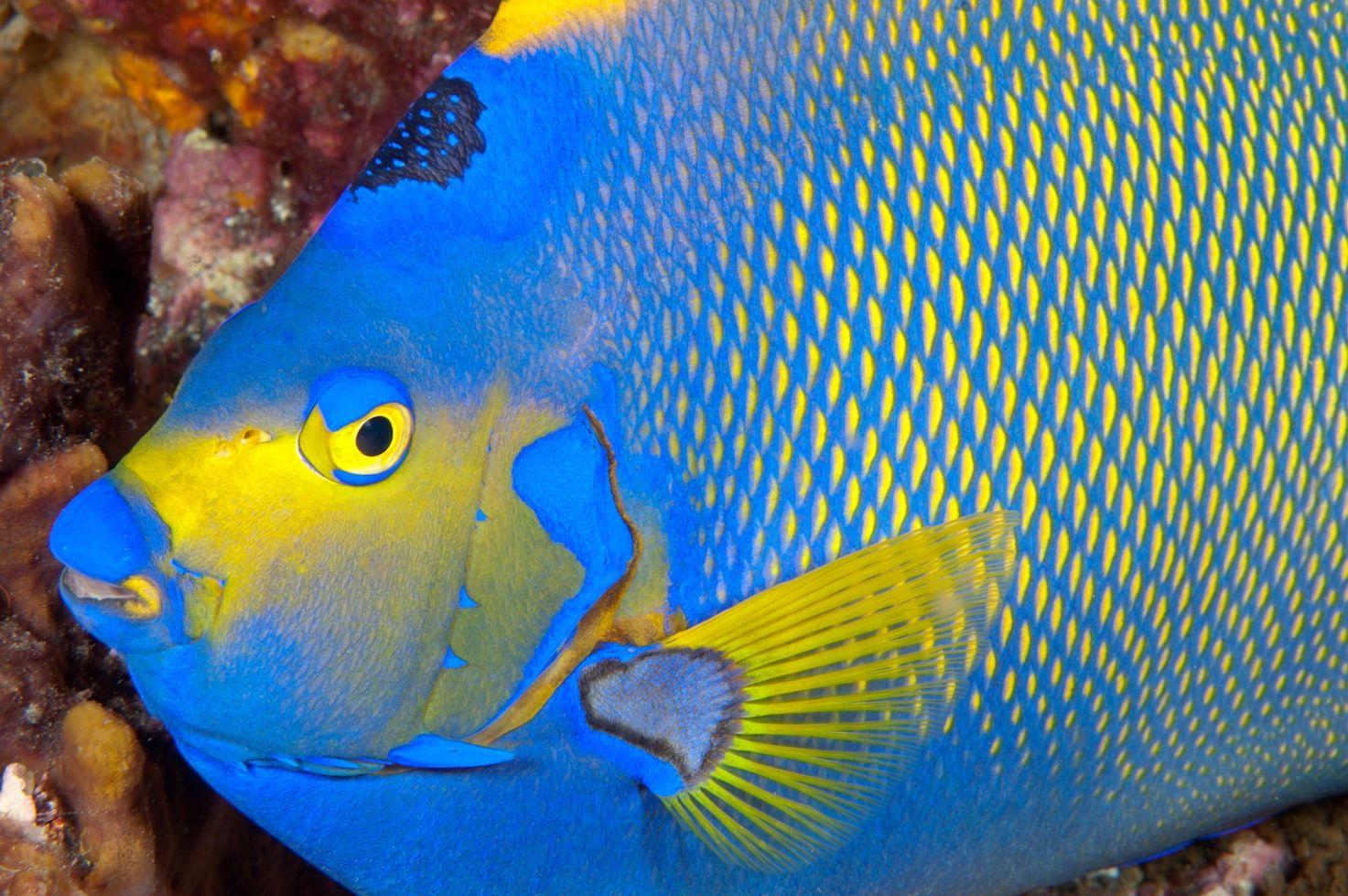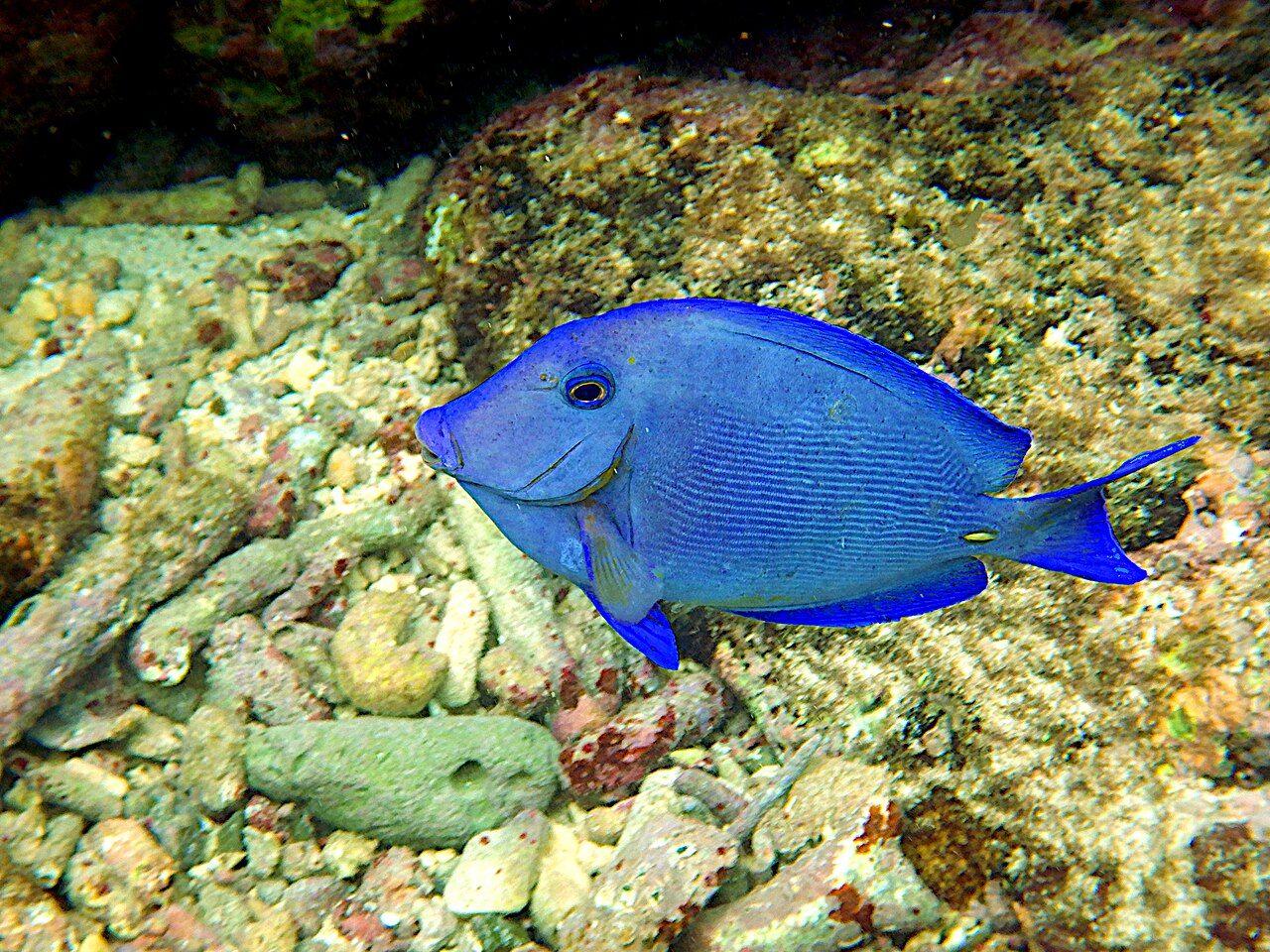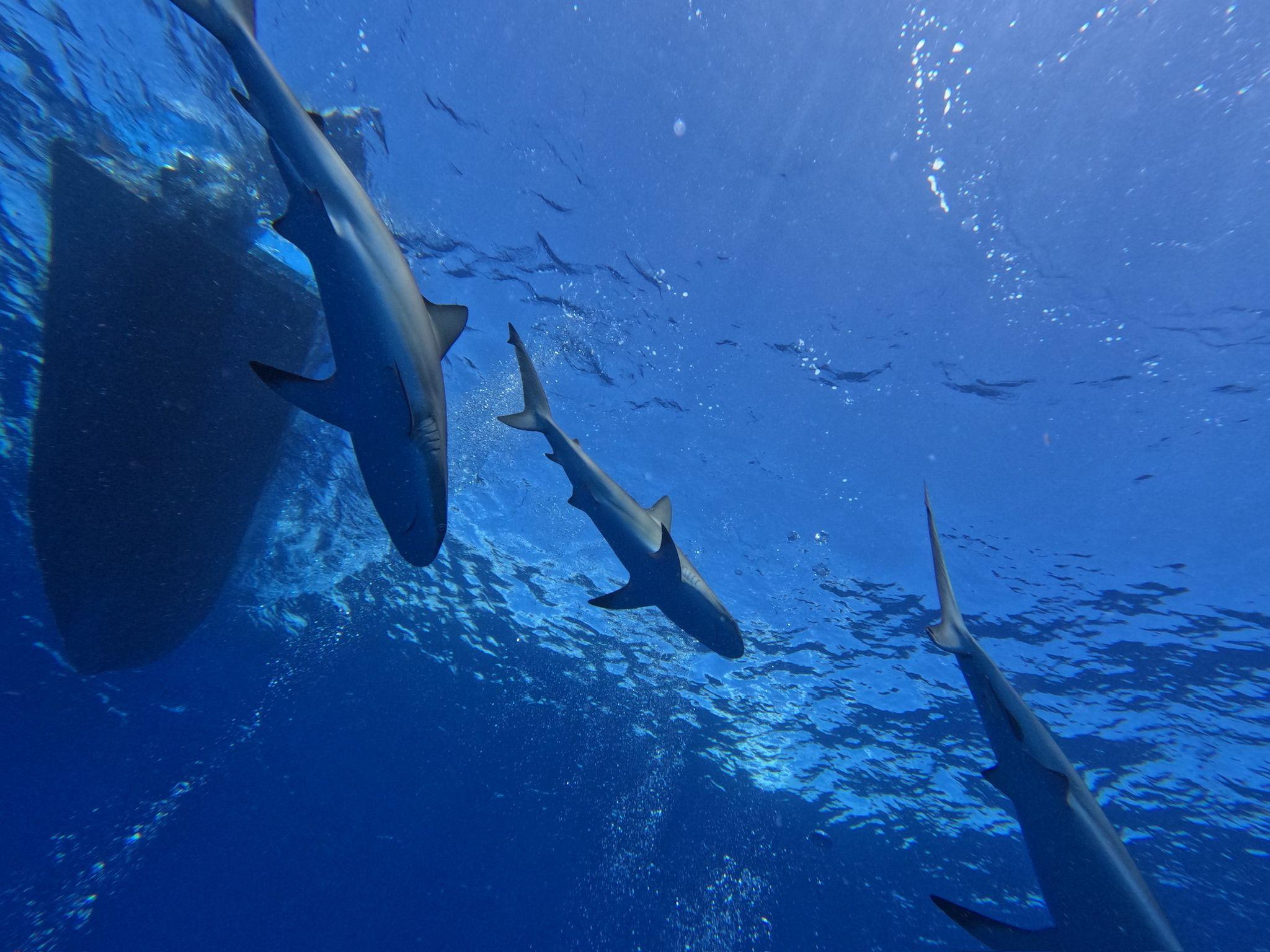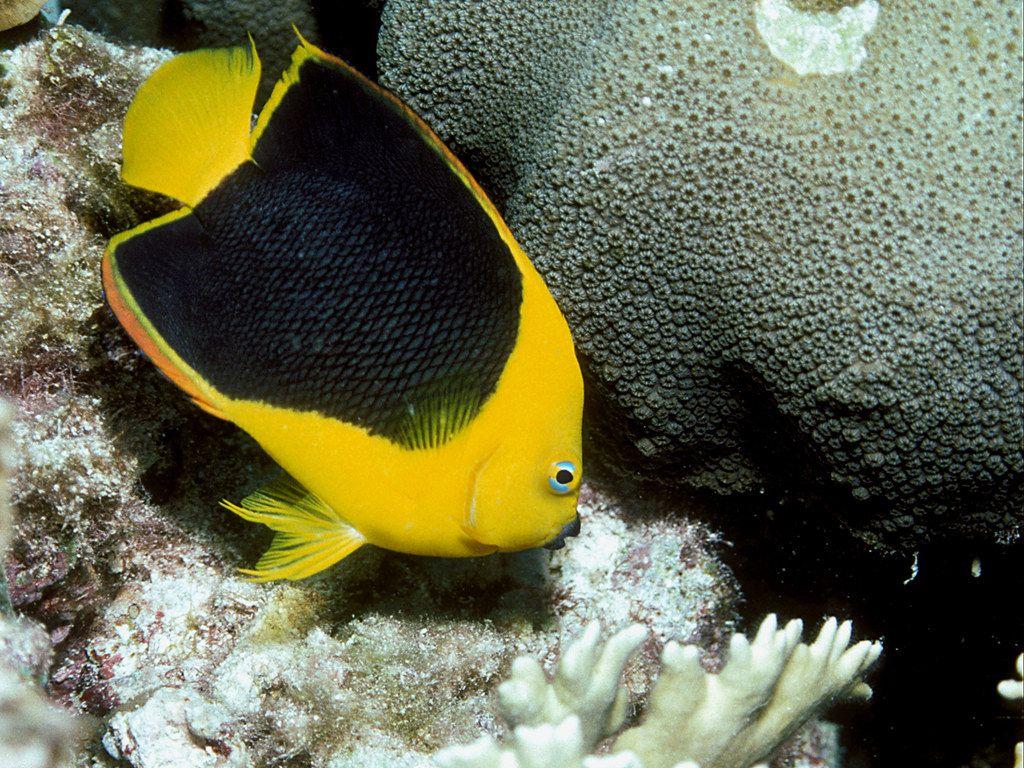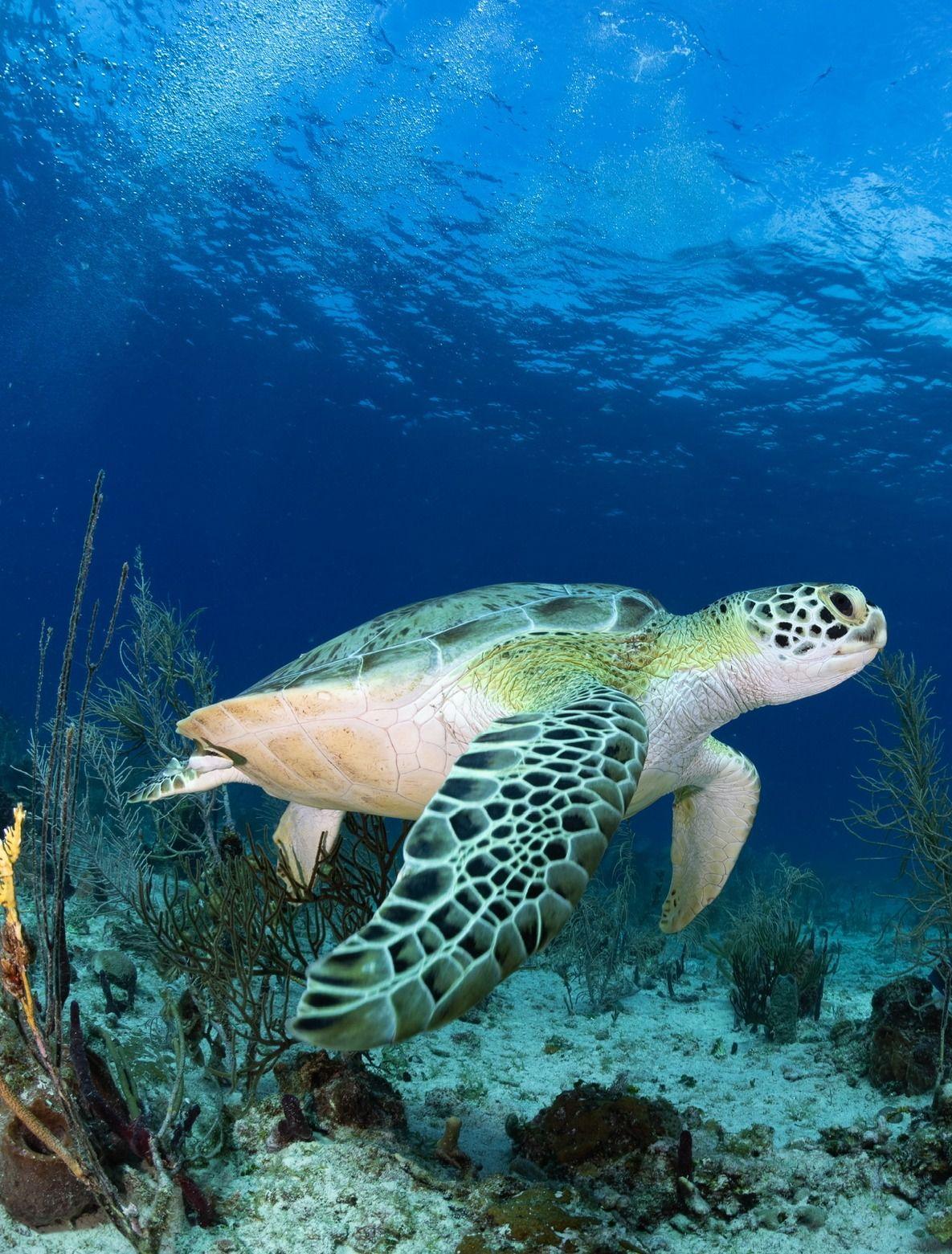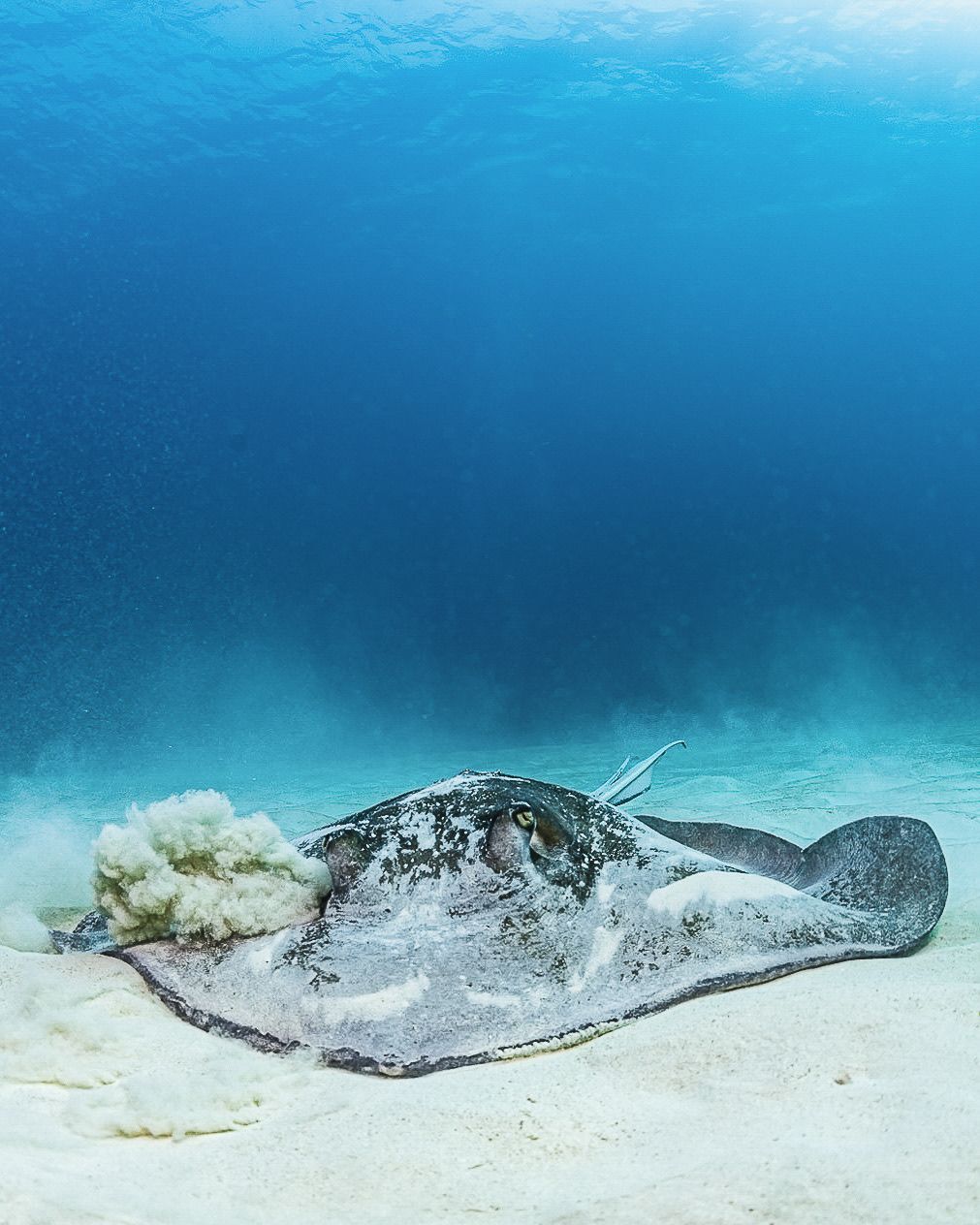
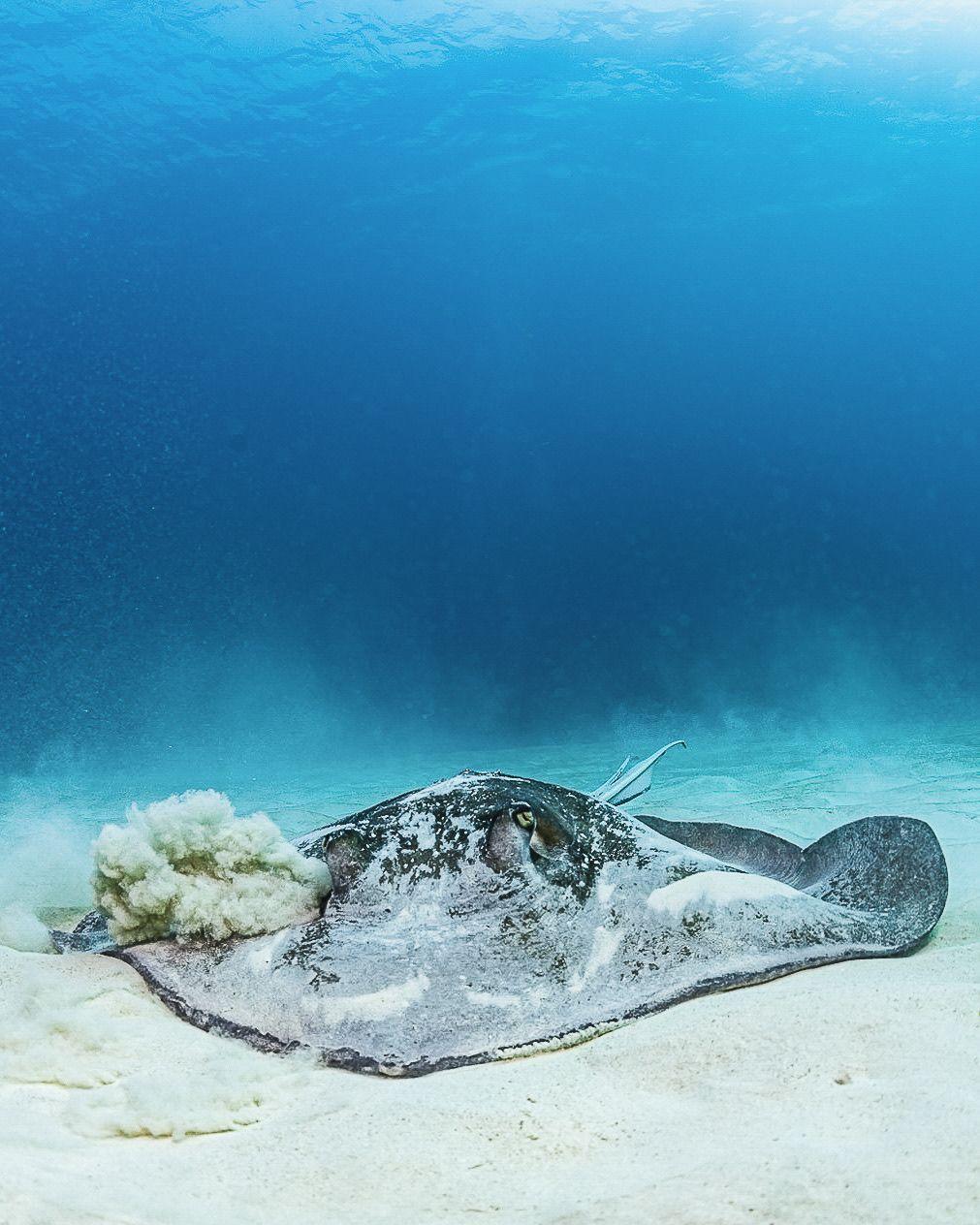
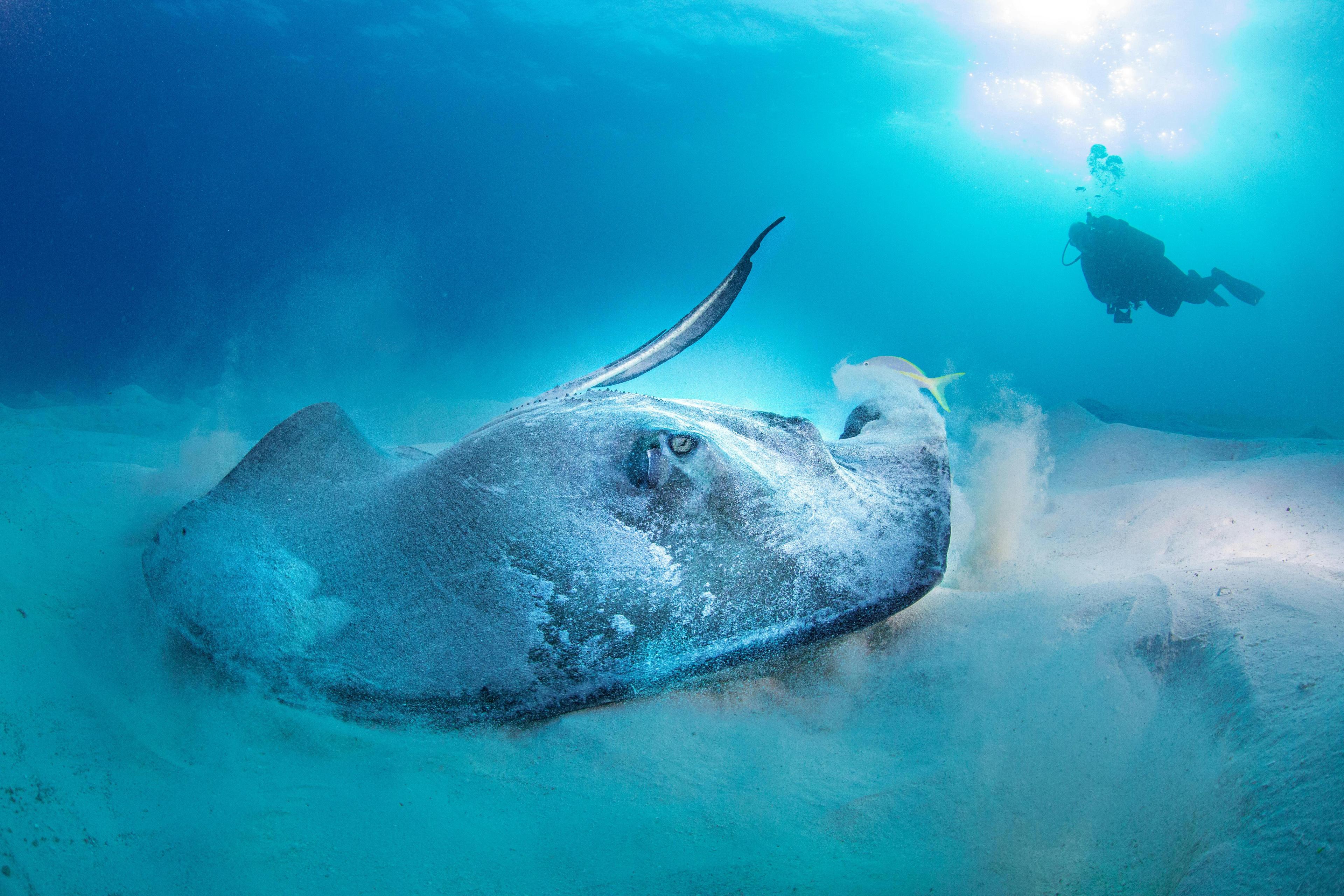
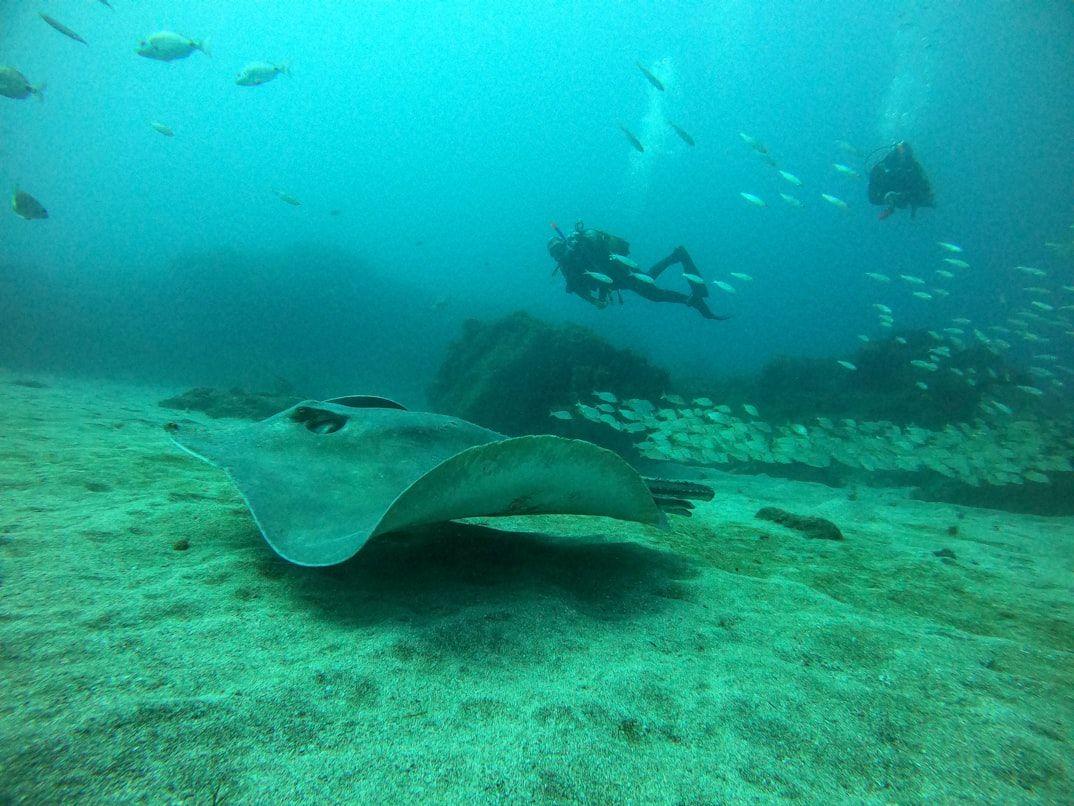
🌊 Gliding Beneath the Surface: Discovering Southern Stingrays in Punta Cana
Few underwater creatures move with the grace and elegance of a Southern Stingray. With wings that seem to fly through the sea and eyes that peek up from the sand, these mesmerizing animals are one of the true treasures of diving and snorkeling in the Dominican Republic.Southern stingrays (Dasyatis americana) are commonly seen along sandy bottoms and seagrass beds in Punta Cana — sometimes swimming solo, sometimes partially buried beneath the sand. Their presence adds a special magic to any underwater experience.
🐠 How to Recognize a Southern Stingray
Southern stingrays are known for:
- Their broad, diamond-shaped bodies, reaching up to 5 feet (1.5 m) wide in large adults
- A smooth gray or brownish top side, often blending into the sand
- A whitish underbelly
- A long whip-like tail with a venomous barb near the base (used only in defense)
- A gliding, almost hypnotic swimming motion as they flap their “wings”
Though they may look intimidating, stingrays are non-aggressive and typically swim away when approached.
📍 Where to Spot Them in Punta Cana
Southern stingrays favor sandy seafloors where they can rest, hunt, or bury themselves for camouflage. You’re most likely to see them at:
- Cabeza de Toro – near the sandy patches between coral heads
- Catalina Island – especially in shallower snorkel and dive sites
- Bayahibe – around seagrass beds and coral drop-offs
On a calm dive or snorkel, you might see one gracefully gliding by — or find the outline of one partially buried, with just the eyes and spiracles visible.
🍽️ What They Eat
Stingrays use electroreceptors to locate prey buried under the sand. Their favorite foods include:
- Crustaceans (crabs, shrimp)
- Mollusks (clams, snails)
- Small fish and worms
They use their flattened teeth plates to crush shells and feed, often leaving behind small sandy craters on the seafloor.
💙 Are They Dangerous?
Southern stingrays are not dangerous unless provoked. Their venomous barb is purely defensive and rarely used. The key to safe interaction is:
- Never touch or chase a stingray
- Use the “stingray shuffle” when walking in shallow sandy areas to avoid stepping on one unexpectedly
- Observe respectfully from a distance
At Grand Bay of the Sea, we always prioritize safe and ethical wildlife encounters.
📸 Why Divers & Snorkelers Love Them
- Their majestic movement is unforgettable
- They offer excellent photo opportunities
- Sightings are often calm and extended, especially when rays are resting
- They embody the grace of Caribbean marine life
Whether it’s your first time seeing one or your fiftieth, encountering a Southern Stingray is always special.
🌴 Dive Into the Experience with Grand Bay of the Sea
At Grand Bay of the Sea, we guide divers and snorkelers through some of Punta Cana’s most vibrant and diverse underwater ecosystems. Seeing a Southern Stingray glide past is one of the many breathtaking moments our guests experience on a daily basis.Book your adventure with us — and come meet one of the Caribbean’s most graceful underwater residents.

